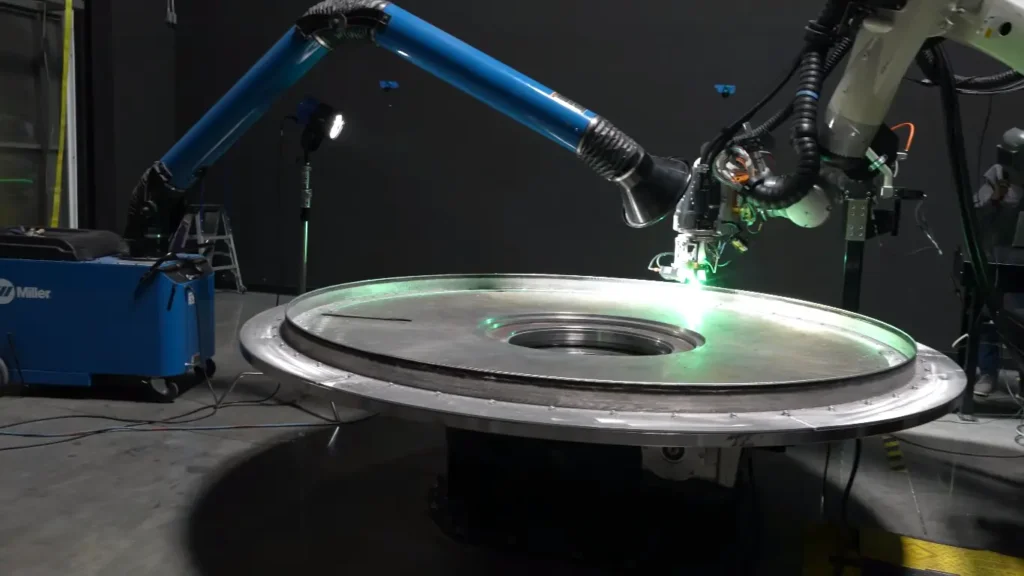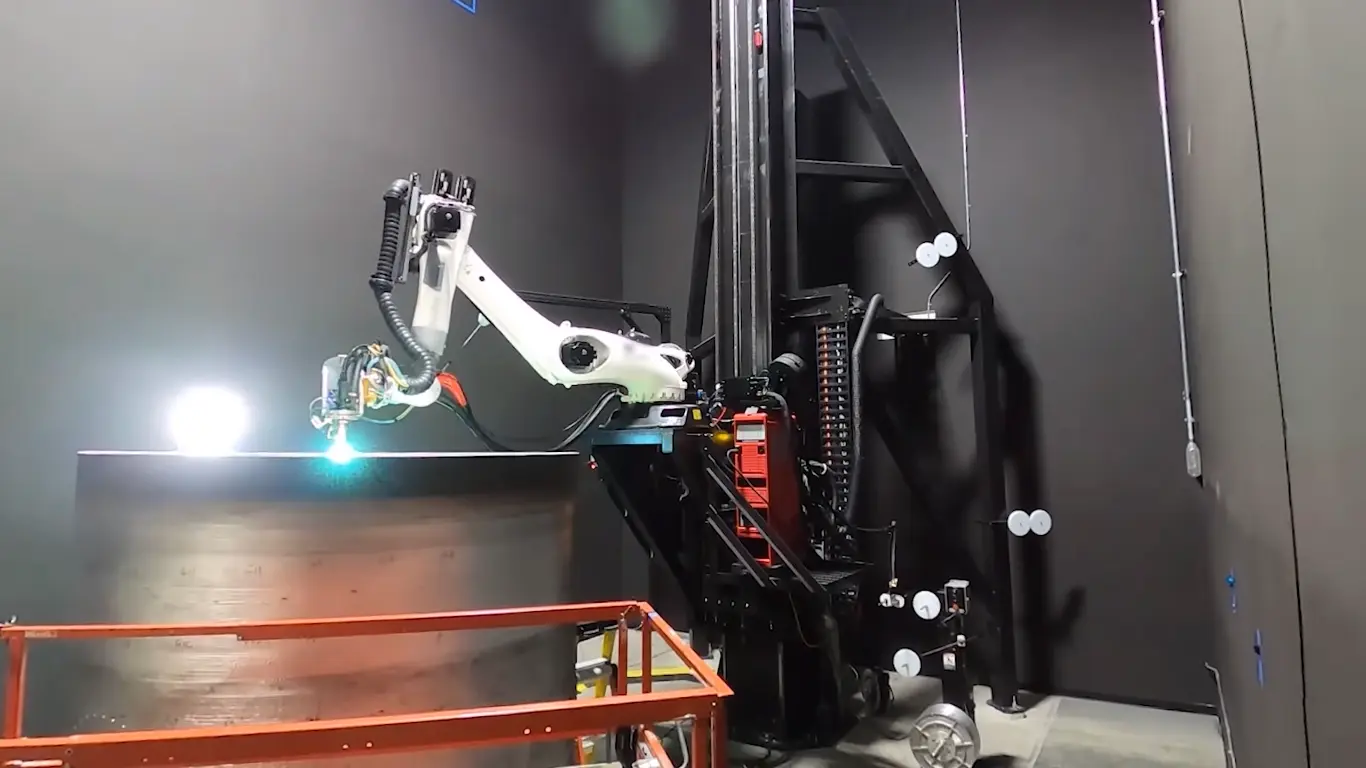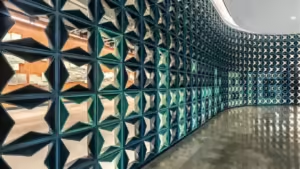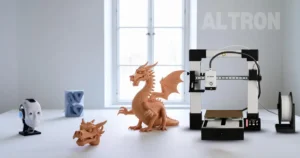Satellites equipped with 3D printers set to revolutionize space construction. New technology enables manufacturing of large-scale structures directly in orbit, overcoming current size limitations.
Technical University of Braunschweig (TUB) academics have revealed a revolutionary method for building in space: installing 3D printers on satellites to enable additive manufacturing while in orbit.
This innovative method aims to overcome the size limitations imposed by rocket fairings, which currently restrict spacecraft dimensions & necessitate complex assembly or folding techniques for larger structures. Engineers may produce larger, more effective designs without enduring the pressures of launch by moving production into space.
Additive manufacturing (AM) has emerged as a promising solution for in-space manufacturing (ISM) due to its low waste production & flexibility. The International Space Station has already demonstrated the feasibility of this approach with its Additive Manufacturing Facility, paving the way for more ambitious projects like Orbital Factory II & OSAM-2, which plan to construct larger, functional structures in the space environment.
Fused Deposition Modeling (FDM) stands out as a particularly suitable technique for ISM. Its compatibility with microgravity, absence of loose materials like liquids or powders & lower thermal requirements make it an ideal choice for space-based manufacturing. FDM enables the creation of sparse, load-efficient structures such as trusses, which are crucial components of large space systems.

The TUB team’s proposal involves a free flying satellite equipped with a robotic manipulator & FDM printhead. This setup would allow for the manufacturing of large structures in segments, which can then be assembled in orbit. To test this concept, researchers simulated a microgravity environment using a fan propelled robot on an air bearing table, successfully demonstrating the potential for creating structures of unlimited length in space.
“This method represents a significant leap forward in in-space manufacturing,” said a spokesperson for the TUB research team. “By combining the flexibility of additive manufacturing with the unique benefits of a microgravity environment, we’re opening up new possibilities for efficient, large scale space structure manufacturing.”
As space exploration & commercialization continue to advance, this innovative approach to orbital construction could play a crucial role in enabling more ambitious and expansive projects beyond Earth’s atmosphere. With the potential to dramatically reduce costs and increase efficiency, free-flying 3D printing satellites may soon become a common sight in the final frontier.
Read more recent news:
- Ireland’s First 3D Printed Homes Emerge in Dundalk, Signaling Construction Revolution
- xTool Launches 4-in-1 xTool M1 Ultra and Heat Press Combo
- 3D Printers Go to War: Navy’s Secret Weapon at RIMPAC 2024
- Now Is the Perfect Moment to Grab a Prusa MK4
Alexa Sipes is a U.S. tech journalist with 5 years of experience, now writing for 360TechInsights. She covers emerging technologies and industry trends across North America, Europe, and Asia. Sipes’ concise reporting offers readers valuable insights into the latest tech news, innovations and the companies behind them.
Feel free to reach out to me at AlexaSipes@360techinsights.com.




